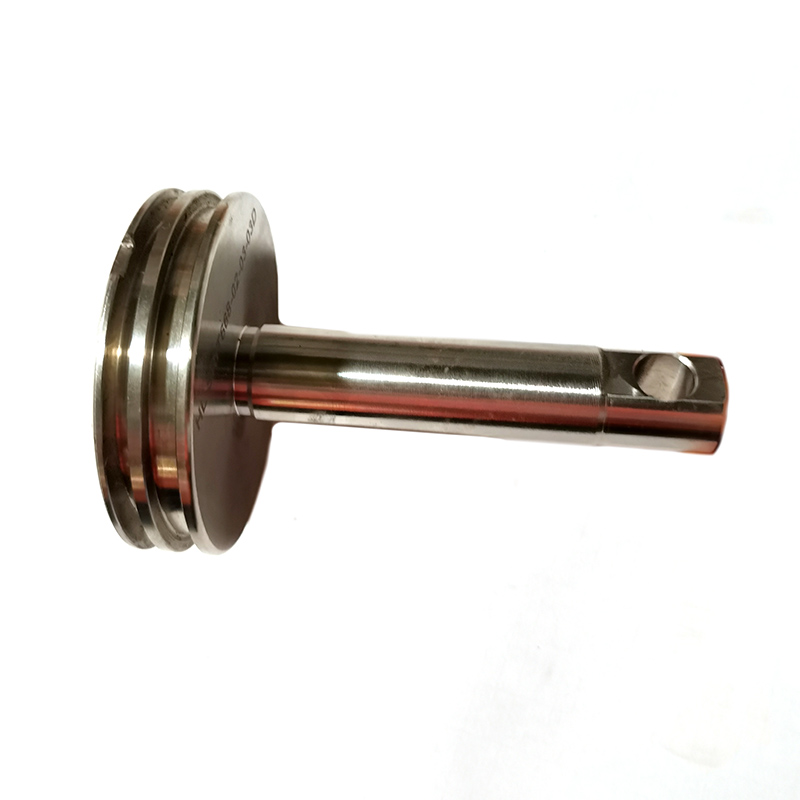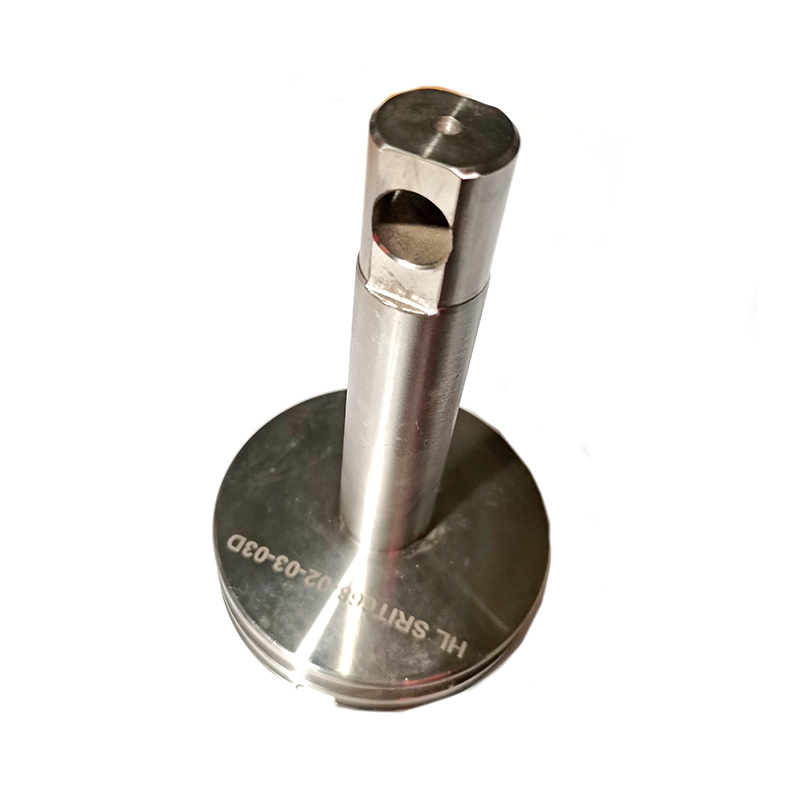PRODUCT
| Product Introduction
Cylinder piston rod serves a crucial function in converting the reciprocating motion of the piston within the cylinder into rotational motion, which drives the wheels of the locomotive.
Transmitting Motion: The piston rod connects the piston to the crosshead, which is part of the locomotive's motion linkage. As the piston moves back and forth within the cylinder, the piston rod transmits this motion to the crosshead.
Guiding Motion: The piston rod helps guide the motion of the piston within the cylinder, ensuring that it moves smoothly and efficiently. It also helps maintain alignment between the piston and other components of the locomotive's power system.
Converting Motion: The reciprocating motion of the piston is converted into rotational motion by the piston rod and other components of the locomotive's motion linkage, such as the connecting rod and driving wheels.
Power Transmission: Ultimately, the function of the piston rod is to transmit power from the steam in the cylinder to the locomotive's driving wheels. This power is used to propel the train forward along the tracks.
| Inquiry
What Can We Do For You


